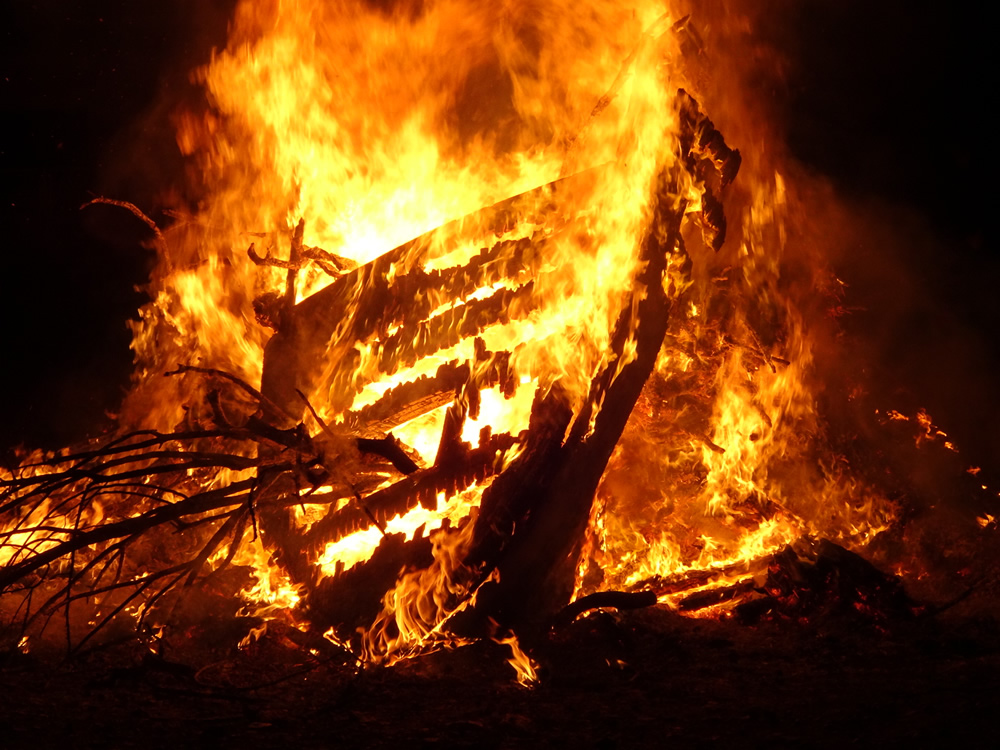Eleven days after
Andrew Oliver resigned as Massachusetts’s collector of the stamp tax on 15 Aug 1765, the Boston crowd
mobilized again.
It looks like the
Stamp Act was no longer the main grievance on people’s minds on 26 August. Instead, Bostonians were out to chastise
other royal officials for holding back the town’s
economy. And, with a wave of personal bankruptcies coming on top of the post-war recession, that economy was hurting.
Back in 1760, the Boston
Customs office had been rocked by infighting. On one side was a lazy, lenient, and therefore popular official named
Benjamin Barons. On the other were a handful of colleagues who collected confidential testimony about Barons’s cozy relationship with Boston merchants and sent it to London.
In early 1764 a ship’s captain named Briggs Hallowell (1728-1778) returned to Boston with news that he’d seen that testimony, and “that the whole body of merchants had been represented as smugglers.” Of course, many of Boston’s merchants
were smugglers, but they didn’t want people
talking about it. The
town meeting had lodged official protests which went nowhere. But the mobbing of Oliver’s house appeared to have produced results—so maybe, people thought, the same treatment could make other royal appointees back off.
Gov.
Francis Bernard’s report on that evening presented the action as preconcerted, not spontaneous—which may reflect his prejudices or be entirely accurate. He wrote:
Towards Evning some boys began to light a bonfire before the Town house, which is an usual signal for a Mob: before it was quite dark a great Company of People gathered together crying liberty & property, which is the usual Notice of their intention to plunder & pull down an House.
Barons’s main rival in the Customs office had been
Charles Paxton, known for his courtly manners. He was also the office’s point person on
writs of assistance in 1761, and he had
reportedly sheltered Oliver on 14 August. Paxton, a lifelong bachelor, rented half of a three-story brick house near Fort Hill, putting his elegant
furniture conveniently close to the South End gang’s favorite spot for bonfires. So, the governor said:
They first went to Mr Paxton’s House (who is Marshall of the Court of Admiralty & Surveyor of the Port); & finding before it the owner of the House (Mr Paxton being only a Tenant) He assured them that Mr Paxton had quitted the house with his best effects; that the house was his; that he had never injured them; & finally invited them to go to the Tavern & drink a barrel of punch: the offer was accepted & so that House was saved.
Paxton’s landlord was Thomas Palmer (1743-1820), shown above
in later life courtesy of Harvard University. He had only recently come of age and come into that building from his father’s estate. He seems to have been a quiet, studious gentleman (here’s his
bookplate), not involved in politics. And he did offer everyone punch.
So the crowd left Paxton’s home alone and moved on. There’s some evidence people might have split up at this point, which could suggest either coordination or the opposite, lack of clear leadership. Some went to the house of
William Story near the Town House. Just that day Story had placed a
notice in the Boston Gazette protesting that he hadn’t advocated for the Stamp Act or given harmful testimony about the merchants. Still, that didn’t save his house from the mob.
As soon as they had drinked the punch, they went to the house of Mr Story, Registrar deputed of the Admiralty, broke into it & tore it all to pieces; & took out all the books & papers among which were all the records of the Court of Admiralty & carried them to the bonfire & there burnt them. They also lookt about for him with an intention to kill him.
Contrary to the governor’s suggestion of homicidal intent, the crowd probably just wanted to cripple the Vice Admiralty Court that Story helped to maintain. Mobs never targeted him again. In the next few years Story sought higher positions from the Crown, even traveling to London to lobby for an appointment, but got stymied. In the early 1770s he moved to
Ipswich, threw in with the Patriot movement, and became one of the busiest members of the
Massachusetts General Court in 1775 and 1776.
Another part of the crowd headed to Hanover Street and the house of Briggs Hallowell’s older brother.
From thence they went to Mr [Benjamin] Hallowell’s, Comptroller of the Customs, broke into his house & destroyed & carried off evry thing of Value, with about 30 pounds sterling in cash. This House was lately built by himself & fitted & furnished with great elegance.
Over the next decade Benjamin Hallowell, Jr., vied with Paxton to be the least popular Customs official in Boston. He was mobbed in one way or another about every two years until the war broke out, and then he even got into a
fistfight with a Royal Navy admiral.
Gov. Bernard didn’t deign to mention another victim of the mob, but the 26 August crowd also did some damage at the house of
Ebenezer Richardson. Those London documents had revealed how Paxton had paid Richardson to ferret out and inform on smugglers in the early 1760s. By the end of the month, Boston’s Overseers of the Poor sent Richardson and his family back to his home town of
Woburn, perhaps for their own safety. But he was just as unpopular there
for old reasons, and soon returned to Boston to work for the Customs service openly.
Gov. Bernard ended this portion of his report to London, “But the grand Mischief of all was to come.”
TOMORROW: The mob gets to Lt. Gov. Hutchinson’s house.














